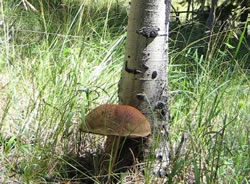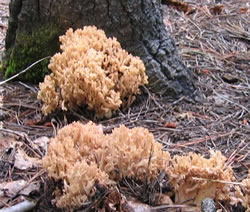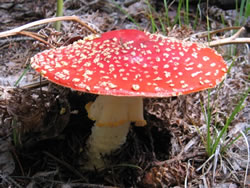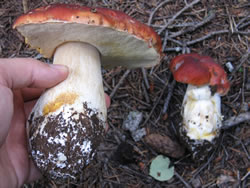Saprotrophs
Saprotroph is Latin for 'lives on rotten stuff', or more concisely, 'dead eater'. Saprotrophs are fungi that assimilate dead plant tissues and decompose them. Many, many fungi fall into this category, especially the molds. Saprotrophs play a key role in recycling nutrients in most ecosystems, and are many times more effective than alternative organisms such as bacteria. Imagine what the world would look like if there were no saprobic fungi to decompose dead vegetation...
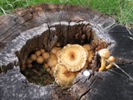
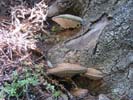 Most fungi are capable of digesting the large quantities of cellulose contained in plant tissue. A select group of fungi are also capable of digesting the tough, supportive lignin contained in woody plants and trees. Without these wood rotting fungi, fallen trees would take forever to fully decompose. Even with the aid of burrowing and cutting insects, their lignin would never be reintroduced into the carbon cycle. These wood rotters are absolutely critical to forest ecology. Wood rotters are often classified as brown rot and white rot fungi. These labels are regarding the appearance of the wood after the fungus has acted on it, and are used to aid identification.
Most fungi are capable of digesting the large quantities of cellulose contained in plant tissue. A select group of fungi are also capable of digesting the tough, supportive lignin contained in woody plants and trees. Without these wood rotting fungi, fallen trees would take forever to fully decompose. Even with the aid of burrowing and cutting insects, their lignin would never be reintroduced into the carbon cycle. These wood rotters are absolutely critical to forest ecology. Wood rotters are often classified as brown rot and white rot fungi. These labels are regarding the appearance of the wood after the fungus has acted on it, and are used to aid identification.
Brown rot: Brown rot is caused by a wood rotter using enzymes that digest cellulose but leave the brown lignin. Often you will encounter wood that has been attacked by a brown rot fungus that looks as though it is crumbling into cubes. This is called brown cubic rot, and is the result of major connective tissues being selectively digested.
White rot: In contrast to brown rot, white rot is the result of lignin being digested, with some or all of the cellulose remaining behind. In South America, ranchers know a secret about a particular type of white rot in certain woods: cattle can digest the cellulose-rich remains after the white rotter has removed all the lignin. This white-rot wood is called palo podrido. Another use for white-rot fungi is as an alternative to using chemicals to prepare wood for paper manufacture.
Wood is just one of many sources of nutrients for saprotrophs. Fungi that can't digest or can't compete with wood rotters find their niche in the leaf litter and forest humus. There are saprobic fungi species for every possible niche in an ecosystem's decomposition cycle. An important aspect of saprotrophic activity is that different fungi act on dead vegetation in different stages of decomposition. A pine needle can take up to 10 years to decompose into soil in a healthy conifer forest, and hundreds of different saprotrophs specialize in digesting the compounds that become available in that needle throughout the process. As in many other food webs, there are primary and secondary consumers. On the far end of the saprotroph spectrum, coprophageous fungi are adapted to act on the dung of herbivores, especially ruminants, which contains plenty of partially digested vegetation. Many fungi are adapted to include ruminant dung in their lifecycle, including the commercial white button mushroom.
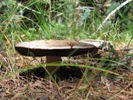
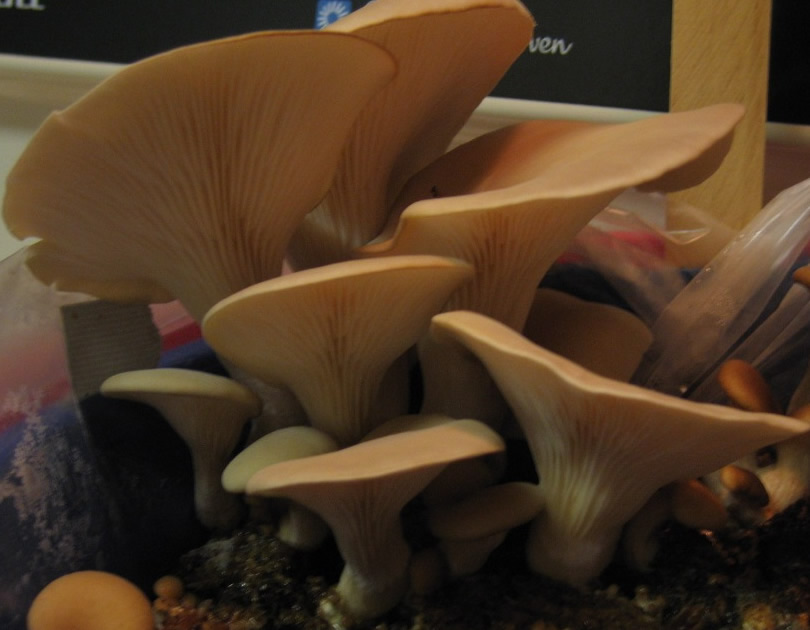
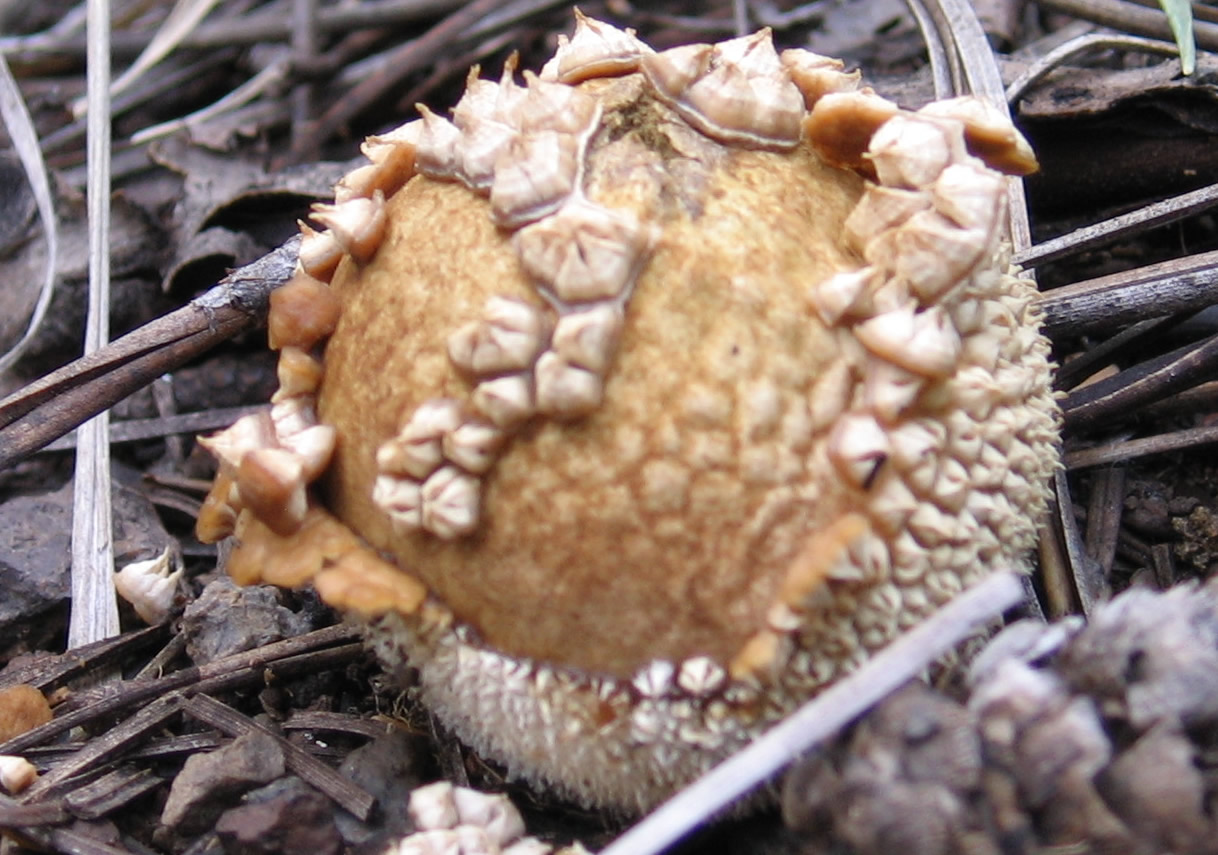
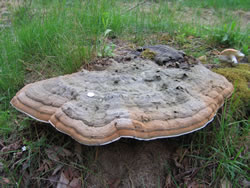
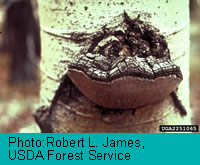
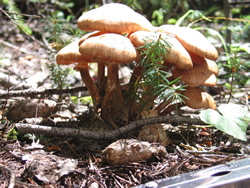

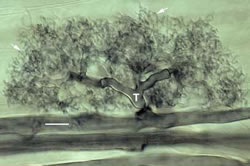 Photo: mycorrhizas.info
Photo: mycorrhizas.info 